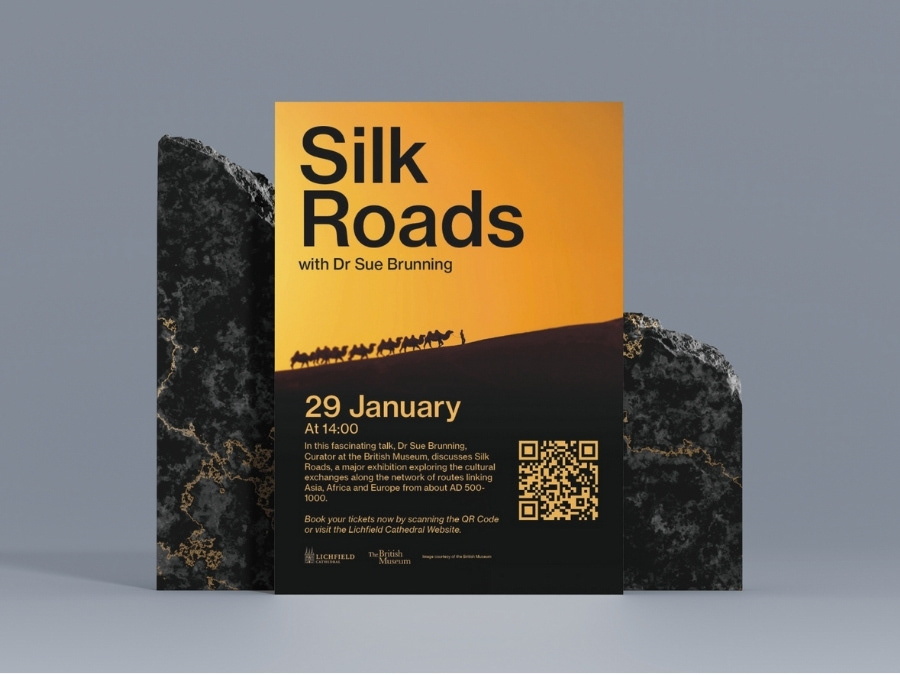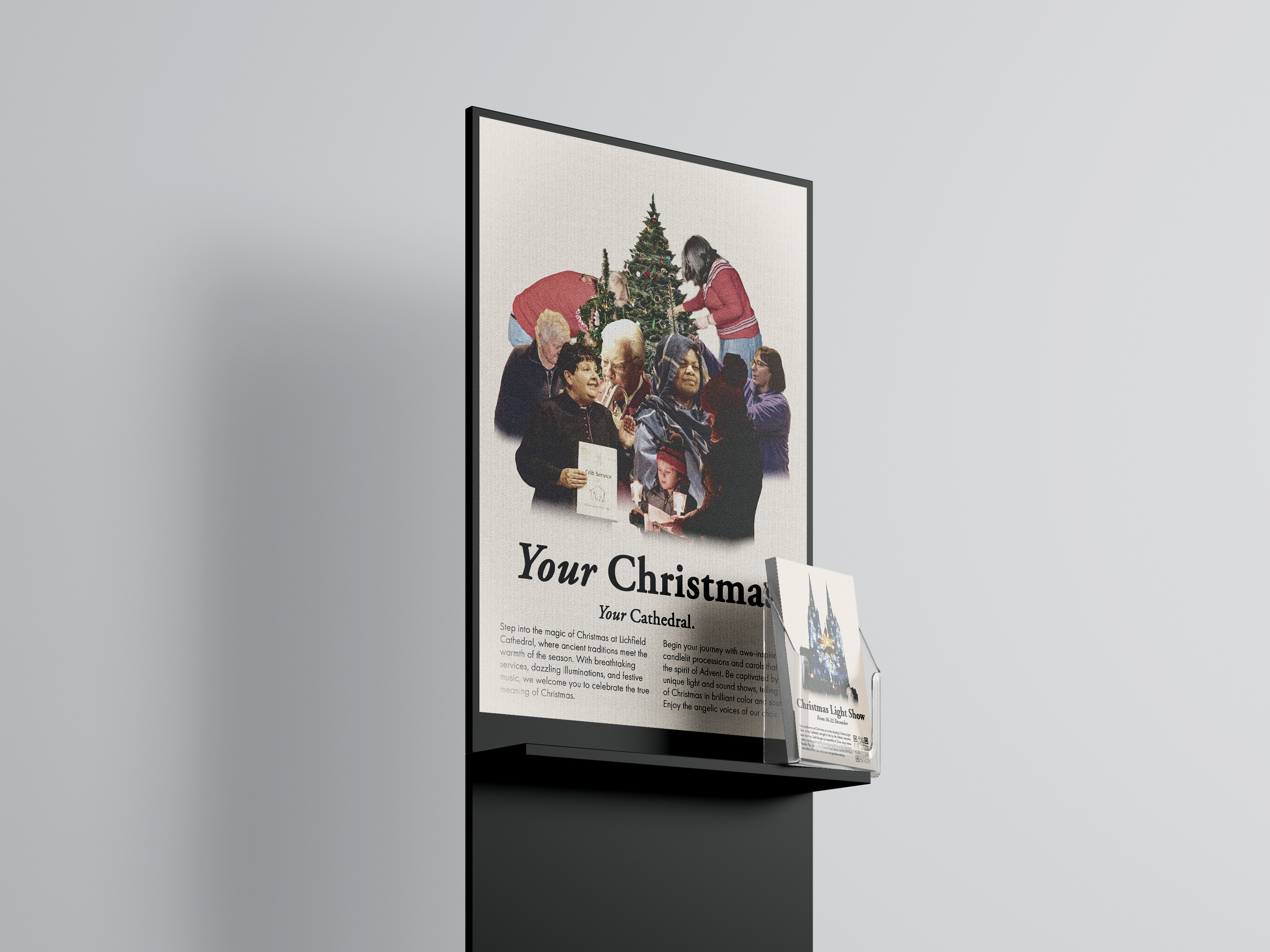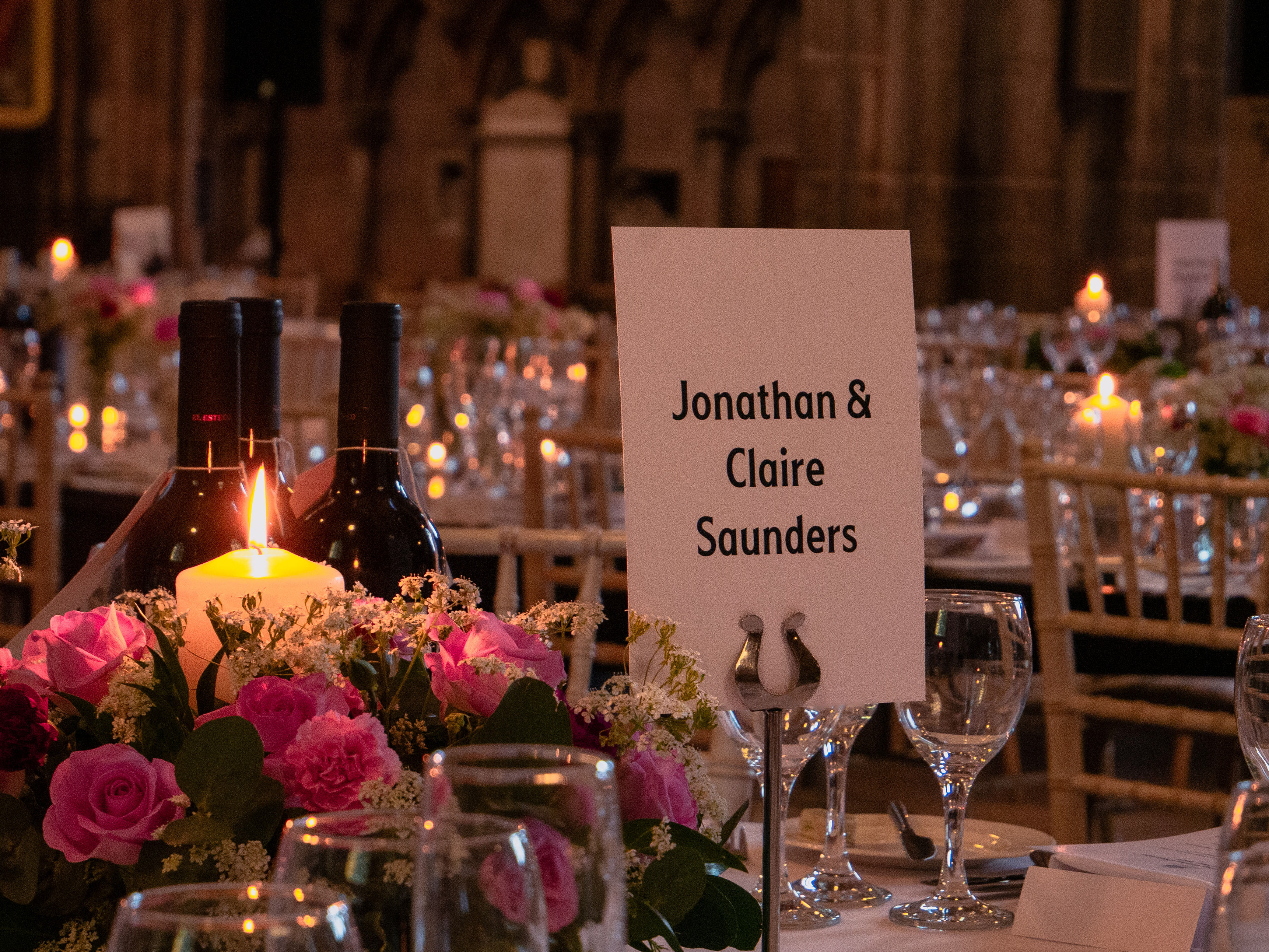I. BRIEF
For the 2025 D&AD New Blood Awards, I responded to the Christopher Ward brief - a challenge to reposition the British-Swiss watchmaker for a Generation Z audience. The brand is best known for its high-quality timepieces priced between £500–£4,000, often appealing to a more traditional, older demographic. My task was to craft a concept that could bridge the generational gap while staying true to the brand’s heritage and positioning in the affordable luxury segment.
II. STRATEGY
My approach began with market research. One of the clearest barriers to entry for Christopher Ward among Gen Z consumers is the dominance of smartwatches - often chosen for their functionality and integration with digital life. To overcome this, I sought to reposition mechanical watches not as outdated, but as meaningful, sustainable alternatives.
This insight led to Close the Loop, a CSR-led campaign that reframed Christopher Ward’s offering through the lens of sustainability - a key value among Gen Z audiences. The idea leveraged rising concerns around greenwashing, targeting doubts about Apple’s carbon neutrality claims for the Apple Watch. This cultural moment gave Christopher Ward an opportunity to differentiate itself as an authentic, values-driven brand.
To make the campaign viable, I structured it to align with Christopher Ward’s “2% for Good” initiative — a programme that allocates 2% of total sales to charitable and environmental causes. This not only added budgetary plausibility but strengthened the brand’s ethical positioning.
The campaign combined physical activations, out-of-home placements, and a strong UGC and influencer component, allowing for organic reach and PR amplification. Its multi-channel nature creates multiple newsworthy moments and taps into Gen Z’s desire for brands that are both genuine and socially responsible.
III. DESIGN
Entries to the D&AD brief were accepted as either an 8-slide deck or a sub–2-minute video. I chose the latter to better showcase the full scope of the concept through motion, storytelling, and visual execution.
The video combined several elements: 3D mockups, animation, and interface design. Assets were created using Figma (for microsite mockups), Photoshop (for composites), and After Effects (for motion design), then assembled in Adobe Premiere Pro.
I adhered closely to Christopher Ward’s brand guidelines, keeping the visuals clean and professional to ensure clarity. To elevate the emotional tone, I collaborated with an amateur classical musician to select the right piece that matched the pacing and mood of the campaign without infringing on copyright.
I edited the audio to fit the project’s runtime and used sound design to enhance impact by syncing typographic transitions to musical cues. This technique helped build and release tension at key moments, creating a more immersive and polished final product.
III. DESIGN CONTINUED
I also incorporated artificial intelligence into the asset creation process - particularly for the in-person activation timelapse.
I began by taking the original photograph myself using the 13mm lens on my iPhone 16 Pro. To design the pop-up store, I sourced a reference image of an existing Christopher Ward retail space and used ChatGPT to help engineer a prompt tailored for Photoshop’s generative fill. This required extensive trial and error - both in refining the prompt and compositing the design within Photoshop - but ultimately produced a usable mockup.
After applying some manual image-editing techniques (including adding the Christopher Ward logo to the storefront), I exported the final visual to Adobe Firefly’s image-to-video generator. I once again used ChatGPT to craft a timelapse-specific prompt, which I edited and refined before feeding into Firefly. The tool generated two timelapse video outputs, which I then stitched together in Premiere.
While I originally intended to rotoscope the storefront logo to eliminate artifacts and reintroduce the CW branding cleanly in After Effects, I opted not to due to time constraints on the project.
I later presented this entire process - from AI prompt engineering to final export -during an internal training session on artificial intelligence for Lichfield Cathedral’s volunteer photographers. It served as a live case study of how creative workflows can meaningfully integrate generative tools to prototype and visualise campaign ideas more effectively.
"With very little persuasion, Thomas gave 2 senior members of the Lichfield Cathedral Photographers a very interesting outline of how he is using currently available AI techniques. Significant preparation had gone into his presentation which demonstrated considerable knowledge of this facility which had previously been just a new term when applied to manipulating photographic images. The use of AI in the Cathedral marketing setting was really well exemplified by Thomas"
- Chris Lockwood, Lichfield Cathedral Photographer
IV. DELIVERY & PERFOMANCE
Although the project did not win a D&AD award, it served as a valuable proof of concept and a clear demonstration of my ability to develop and deliver cross-platform creative strategy. The entry directly contributed to my shortlisting in another national competition shortly after. It also showcased my technical versatility, fluency across design and motion tools, and my ability to integrate emerging technologies like AI into a cohesive creative process.
As part of my development, I have sought feedback from leading figures in the industry, including Stefan Sagmeister, whose perspective I greatly admire.








